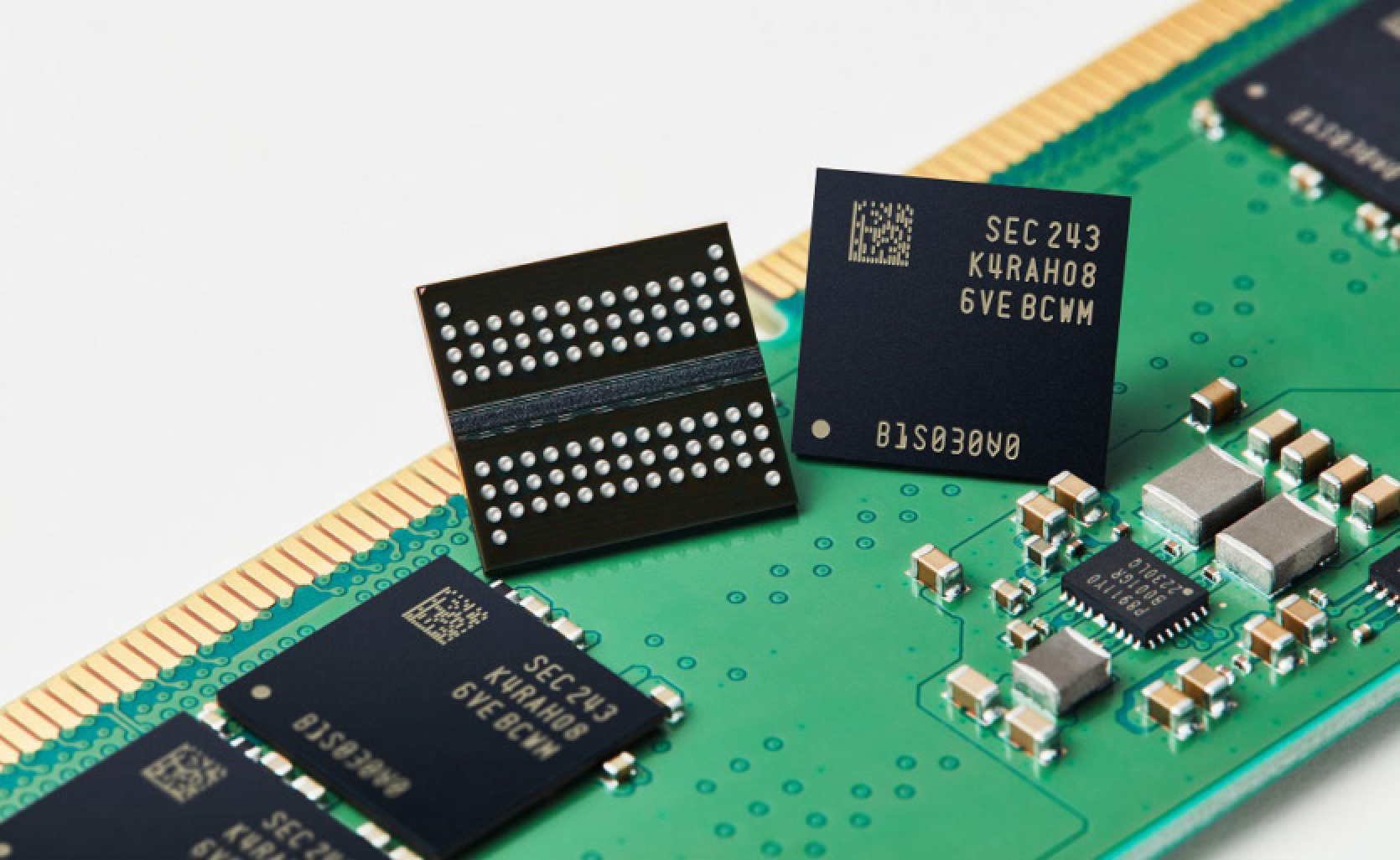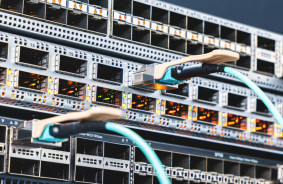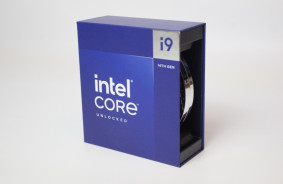The latest TrendForce report indicates that spot prices for DRAM and NAND memory are unlikely to rise - on the contrary, conditions may be ripe for a price decrease. Firstly, a large surplus has formed in the market. Secondly, as it turns out, the actions of the Chinese government in combating the smuggling of refurbished memory significantly affect memory prices.
Spot prices for DRAM continue to decline, in contrast to contract prices. Weak consumer goods markets contribute to price reductions, as hardware manufacturers do not need more memory than they already have. Another important factor contributing to the decline is the crackdown on smuggling in the Chinese market, which has led to further price drops for re-balled DRAM chips.
Since the end of May, the average spot price for a DDR4 1Gx8 2666 MT/s chip has decreased by 2.54%, dropping from $1.881 to $1.835 in just the past week. Although the decrease may seem insignificant, it is consistent.
The spot market for NAND flash memory is experiencing decreased transactions due to sufficient inventories among SSD manufacturers, hindering demand recovery despite price decreases from spot suppliers. This has already led to a prolonged disparity between spot and contract prices. Furthermore, there is uncertainty regarding potential demand for inventory replenishment in the third quarter of 2024. The spot price of a 512 Gbit 3D TLC NAND chip dropped by 0.57% to $3,309 this week.
Recently, Kioxia stopped reducing production of its 3D NAND memory and plans to increase output to gain market share. This step alone could have serious consequences for the supply and price of 3D NAND. TrendForce does not expect price growth to resume in the short term.
Additionally, TrendForce reports that due to expenses related to overseas expansion, rising electricity prices, and high demand, TSMC plans to raise prices for its advanced technology processes. The production of 3nm chips may become 5% more expensive.
TSMC's N5, N4 (5nm and 4nm), and N3 (3nm) technological lines are running at full capacity. They are used to create almost all leading artificial intelligence processors, HPC, personal computers, and smartphones that are sold at high prices like hotcakes. It is expected that the capacity utilization of the contract chip manufacturer will exceed 100% in the second half of the year, and high demand is forecasted to persist until 2025, according to TrendForce.
Demand for TSMC N3 chips is extremely high, with production already fully booked by major clients including Apple (for M4 and SM18 chips) and NVIDIA until 2026. As a result, TSMC plans to raise the price of N3 by 5% next year, and prices for advanced packaging by 10-20%. As the main supplier of the 3nm technology process, TSMC may raise prices to expand production and because the market allows it.
NVIDIA is likely to pass cost increases on to its partners or end users. While a 5% price increase for graphics cards may seem small, it represents tens of dollars for high-end graphics cards. Since everyone in the supply chain wants to add value, price increases for end consumers could be significant.
Source: Tom's Hardware














Comments (0)
There are no comments for now